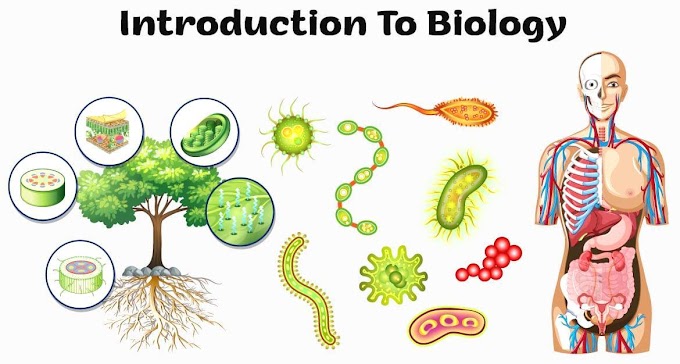Biology Class 9 Notes Chapter 3

Why is scientific naming necessary?
Scientific naming is necessary for the purpose of clear and standardized communication about specific organisms and their characteristics. Scientific names are unique to each organism, avoiding confusion and allowing for easy identification and comparison between species.
How living organisms are classified into two kingdom classifications?
Living organisms are classified into two kingdom classifications (Plantae and Animalia) based on their physical characteristics and modes of nutrition.
Why the virus is not placed in any kingdom?
The virus is not placed in any kingdom because it is not considered a living organism. Viruses lack the characteristics necessary for life, such as the ability to reproduce and maintain homeostasis, and instead require a host organism to replicate.
Why amoeba is not placed in the animal kingdom?
Amoeba is not placed in the animal kingdom because it lacks some of the characteristics commonly associated with animals, such as a defined shape and specialized tissues. Instead, it is classified as a protist, a diverse group of single-celled organisms that do not fit into the plant, animal, or fungal kingdoms.
Why cyanobacteria are placed in monera?
Cyanobacteria are placed in the Monera kingdom because they are single-celled prokaryotic organisms that lack a nucleus and other membrane-bound organelles. They are also capable of photosynthesis, making them similar to other photosynthetic bacteria.
Describe in detail five kingdom classifications.
(i) Five Kingdom Classification:
The five-kingdom classification is a system of organizing living organisms into five broad categories based on their characteristics and evolutionary relationships. The five kingdoms are Monera (bacteria and blue-green algae), Protista (single-celled eukaryotes), Fungi, Plantae (plants), and Animalia (animals).
The Monera kingdom consists of prokaryotic organisms that lack a nucleus and other membrane-bound organelles. These organisms are typically unicellular and include bacteria and blue-green algae.
The Protista kingdom includes a diverse group of single-celled eukaryotic organisms that cannot be classified as plants, animals, or fungi. Examples of protists include amoebae, algae, and slime molds.
The Fungi kingdom encompasses a wide range of organisms, including yeasts, molds, and mushrooms. Fungi are heterotrophic, meaning that they obtain their food by absorbing nutrients from other organisms.
The Plantae kingdom includes all photosynthetic organisms, such as green plants, mosses, and ferns. These organisms are characterized by their ability to produce their own food through photosynthesis, and they often have cell walls made of cellulose.
The Animalia kingdom includes all multicellular organisms that lack the ability to produce their own food and instead obtain it by ingesting other organisms. Animals are characterized by their mobility and specialized tissues, and they come in a wide range of shapes and sizes.
What is taxonomic hierarchy? Explain the aims of classification.
(ii) Taxonomic Hierarchy:
The taxonomic hierarchy is a system of classifying organisms into increasingly specific categories based on their similarities and evolutionary relationships. The hierarchy includes several levels, each with a different scope of classification. The most common levels of the taxonomic hierarchy are kingdom, phylum, class, order, family, genus, and species.
The aim of classification is to organize the vast diversity of living organisms into a manageable and meaningful system. By placing organisms into categories based on their similarities, it becomes easier to study and understand their relationships and evolution. Additionally, the use of a standardized system of classification helps to ensure clear and consistent communication about specific species and their characteristics.
Describe the effect of deforestation on biodiversity.
(iii) Effect of Deforestation on Biodiversity:
Deforestation, the removal of forests, has a significant impact on biodiversity by destroying the habitats of many species of plants and animals. Forests provide critical ecosystem services, including carbon storage, water regulation, and soil conservation. When forests are cleared for agricultural or urban development, the natural habitats of many species are lost, and the populations of those species can decline or even become extinct.
In addition to destroying habitat, deforestation can also disrupt food webs and change the composition of species within an ecosystem, leading to a decrease in biodiversity. The loss of forests also contributes to climate change by releasing stored carbon into the atmosphere and reducing the capacity of the land to absorb carbon.
Overall, deforestation has a devastating impact on biodiversity and the overall health of the planet. It is essential that steps are taken to reduce deforestation and protect remaining forested areas to maintain the rich diversity of life on earth.











0 Comments
Hello, have you any confusion? let me know how can i help you.